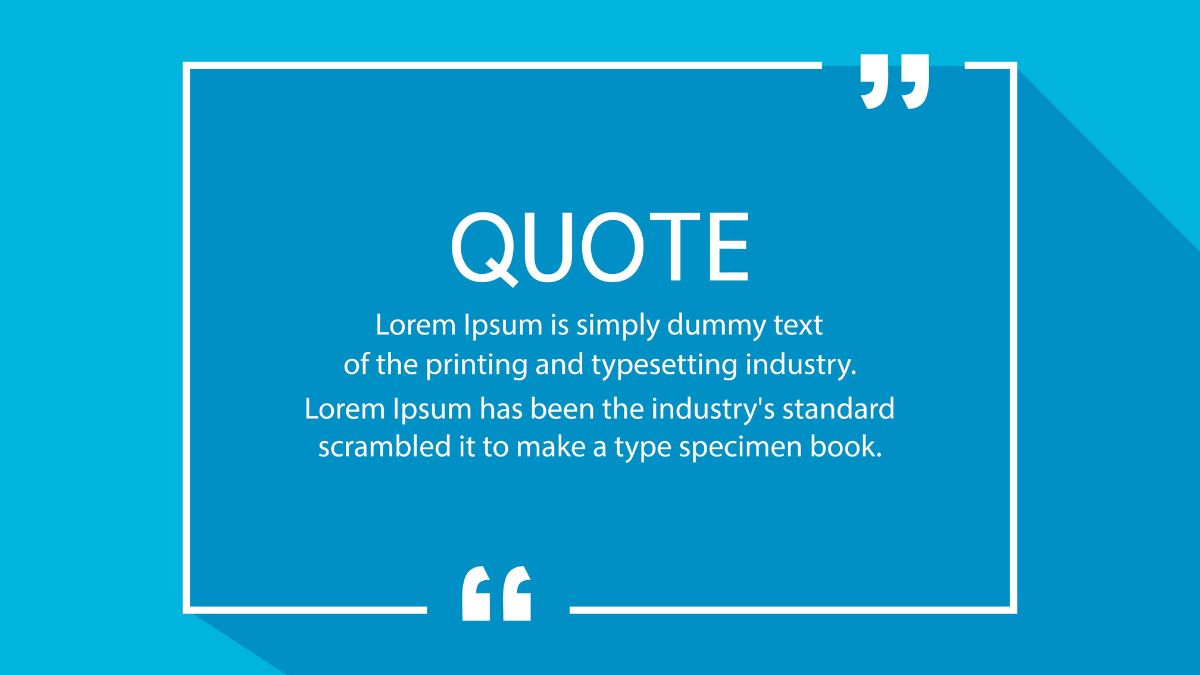Perennial education represents a timeless philosophy of learning that focuses on enduring truths, not temporary trends. In a world driven by rapid technological change, this approach reminds us that education’s ultimate goal is not just professional success but the cultivation of wisdom, moral understanding, and intellectual depth. It values the pursuit of truth and character development above all else, preparing learners to think critically and live meaningfully.
Understanding the Core of Perennial Education
To understand perennial education, it helps to look at its foundation in classical philosophy. It is built on the belief that some ideas remain true and relevant across generations. Thinkers such as Aristotle, Plato, and Kant emphasised the importance of developing reason, ethics, and the intellect—principles that are still vital today.
Unlike modern systems focused mainly on job preparation, perennial learning aims to nurture the whole person. It teaches individuals how to think rather than what to think, developing clarity, moral insight, and wisdom that lasts a lifetime.
Moving from Facts to Meaningful Understanding
One of the key transitions from conventional schooling to perennial education lies in how knowledge is approached. Modern education often emphasises the memorisation of facts, formulas, and temporary information. In contrast, perennial philosophy encourages learners to understand the principles behind knowledge—to explore why things are true rather than just what is true.
This method leads to genuine intellectual independence. Students are taught to analyse, interpret, and question, instead of simply accepting information at face value. By engaging with great works of literature, philosophy, and history, they gain the mental tools to handle complex questions about life, ethics, and purpose.
Focusing on Education for Life, Not Just for Work
Another important aspect of perennial education is its belief that education should serve the whole of life, not merely the workplace. It argues that the ultimate purpose of learning is to cultivate moral character and rational thought, which then guide action in any field.
Rather than preparing students for one specific job, this system helps them prepare for the challenges of life itself. By strengthening reason and ethical understanding, learners become adaptable and thoughtful individuals—capable of thriving in a constantly changing world.
Key Principles That Define Perennial Education
The philosophy of perennial education can be summarised through several guiding principles:
Timeless Knowledge
It emphasizes studying works and ideas that have stood the test of time. These include the great books, moral philosophies, and scientific discoveries that continue to shape human thought.
Intellectual Discipline
Learning should develop reasoning and analytical ability. Students are challenged to think deeply, draw connections, and express ideas clearly.
Moral and Character Development
Education is not only about the mind but also the soul. The goal is to nurture virtuous individuals who act with integrity and compassion.
The Teacher as a Guide
Teachers in this approach act as mentors. They do not merely transfer information but encourage inquiry, discussion, and reflection. They inspire students to seek truth on their own.
Transitioning from Modern Education to Perennial Thinking
Adopting perennial education requires a shift in mindset from results-driven instruction to thoughtful learning. Schools and educators must look beyond standardized testing and short-term outcomes.
Emphasizing Ideas Over Information
In this transition, the focus must move toward deep exploration of ideas. Subjects such as philosophy, literature, and history should form the foundation of the curriculum, because they teach students how to think, reason, and evaluate.
Encouraging Reflection and Discussion
Dialogue becomes the heart of the classroom. Instead of lectures, teachers guide conversations that encourage students to express viewpoints, defend arguments, and respect differing opinions. This active process helps them internalise knowledge and develop intellectual humility.
The Role of Teachers in the Perennial Model
Teachers hold a special place in perennial education. They are viewed not just as instructors but as intellectual mentors who inspire curiosity and moral growth.
Guiding Rather Than Dictating
In this framework, the teacher’s task is to lead students toward independent thought. They raise questions rather than give answers, encouraging learners to explore truth through reasoning and analysis.
Creating a Community of Learners
A perennial classroom is a shared space for discovery. Teachers and students learn together, exchanging ideas and interpretations. This collaborative environment nurtures respect, empathy, and shared purpose—qualities often missing from conventional classrooms.
Benefits of Embracing Perennial Education
When societies adopt perennial education, they invest in both personal and collective growth. Its benefits reach far beyond the classroom.
For Students: Lifelong Habits of Mind
Students gain critical thinking, communication, and ethical reasoning skills that remain useful in every stage of life. They learn how to approach problems from multiple angles, making them resilient and adaptable thinkers.
For Society: A Strong Moral Foundation
By promoting reasoning and virtue, perennial learning builds citizens who are thoughtful and responsible. Societies guided by such principles tend to value justice, empathy, and cooperation—qualities essential for harmony and progress.
Challenges on the Road to Reform
Implementing perennial education in modern systems poses real challenges. The global focus on efficiency, grades, and marketable skills often overshadows the deeper goals of education. However, these challenges can be overcome through deliberate reform.
Balancing Classical Wisdom with Modern Innovation
The aim is not to reject modern subjects or technology but to balance them with enduring principles. Students can learn coding, science, or engineering while still studying literature, art, and ethics. In this way, perennial education bridges the gap between ancient wisdom and future innovation.
Institutional and Cultural Support
For this model to thrive, educational institutions and policymakers must create structures that encourage critical inquiry rather than rote learning. Teacher training, curriculum reform, and public awareness are essential steps toward sustainable change.
Bringing Perennial Education into the Digital Age
Many assume that this philosophy belongs to the past, but perennial education is more relevant today than ever. In the digital age, where information is abundant but understanding is scarce, it reminds us of the need for reflection, focus, and wisdom.
Integrating Technology with Thoughtful Learning
Technology can enhance timeless learning if used wisely. Digital tools allow easy access to classic literature, philosophy courses, and global discussions that keep perennial ideas alive and accessible to everyone.
Reviving Deep Reading and Thought
In an age dominated by screens and short attention spans, this educational philosophy calls for a return to slow, deep reading and meaningful discussion. These habits develop patience, attention, and intellectual depth.
Conclusion: The Timeless Relevance of Perennial Education
In the end, perennial education is not about the past—it is about permanence. It seeks to cultivate minds that can navigate both change and continuity with wisdom. By focusing on ideas that endure, it provides stability in a world that often feels uncertain and fragmented.
Its message is simple yet profound: education should form the whole human being. It should guide individuals toward truth, goodness, and beauty—the elements that make life meaningful. When societies commit to this timeless approach, they not only produce skilled professionals but also wise and compassionate citizens.
Thus, the call of perennial education remains as urgent today as it was centuries ago: to teach not just for the moment, but for eternity.










